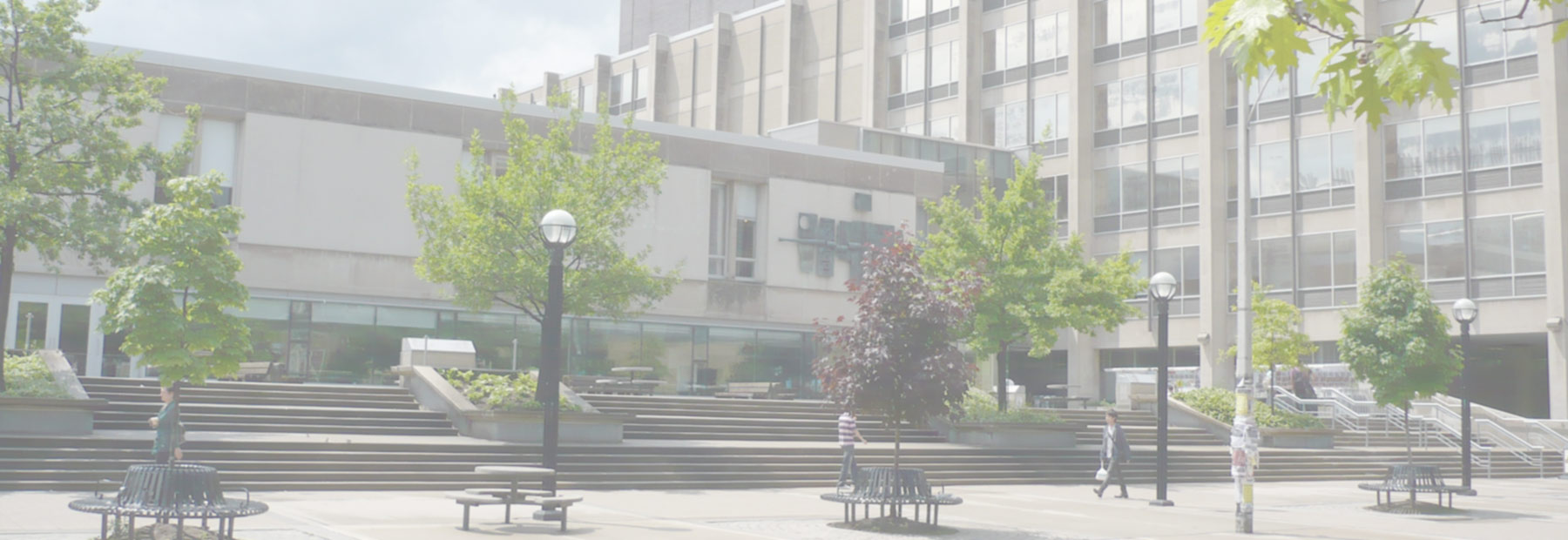EMIGF: Elizabeth Mattison
When and Where
Speakers
Description
The Early Modern Interdisciplinary Graduate Forum (EMIGF) is a monthly event hosted by the Centre for Reformation and Renaissance Studies (CRRS) at the University of Toronto, and is a platform for PhD Candidates, post-docs, fellows, and recent graduates to deliver papers or open discussions on their research in an informal setting with an interdisciplinary group of Early Modernists. Its mandate is to provide junior and emerging scholars with the opportunity to present work in progress, and to facilitate dialogue on current topics in early modern research across the disciplines.
"‘I do play the touch’: Touchstone and Testing in As You Like It"
Lauren Weindling, CRRS Fellow
This piece takes as its subject a philological explication of the fool’s name in Shakespeare's comedy, Touchstone, unpacking and restoring its connotations by tracking its usage in early modern print material contemporaneous with the play. This examination reveals that the ‘touchstone’ metaphor was associated with violent interrogation methods, especially in the context of testing religious and political allegiances. This enlarged context for Touchstone’s name gives us a better sense for how the characters of As You Like It, fueled by political anxieties, understand Touchstone’s function in Arden; they treat him as a means for testing those around them: distinguishing noble from common, wise from foolish, and ally from enemy. The characters’ interrogative language seems to scratch at characters’ identities, testing them in the hopes of extracting truths much like a touchstone tests gold. In short, if treason and love are ‘inherited’ as many characters presume (1.3.59), then allegiances would be easily known. Yet, much like Shakespeare’s previous usage of the touchstone metaphor in Richard III, this etymological context elucidates Touchstone’s cultural critique wherein he parodies the ends of his own name. Touchstone’s comedy suggests that truth can be constructed through oaths, testimony, performance, and play.
“Making the Renaissance Reliquary”
Elizabeth Mattison, Department of Art History, University of Toronto
Relics and their luxurious reliquaries were particular targets of Protestant Reformers in the sixteenth century, seen as representations of ecclesiastical excess and idolatrous impulses. Yet, such opposition did not halt the patronage of new reliquaries. For example, in the wealthy and staunchly Catholic Prince-Bishopric of Liège, church treasuries swelled with donations of reliquaries in the 1520s and 30s, just as church leadership faced local Anabaptist uprisings. This paper examines the patronage of the new reliquaries made in the Maasland in this period in the context of Protestant dissent. Commissioned by wealthy Prince-Bishops, abbots, and canons, the new reliquaries consciously referenced Romanesque and early Gothic metalwork, reviving a glorified historical era of the region. This paper argues that the donation of Reformation-era reliquaries contributed to the creation of a specifically Catholic history of the diocese, promoting traditional faith through retrospective and luxurious metalwork.


